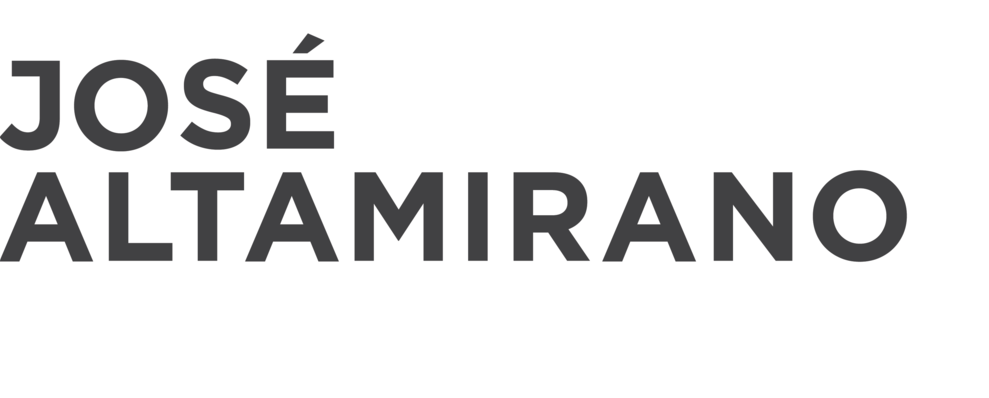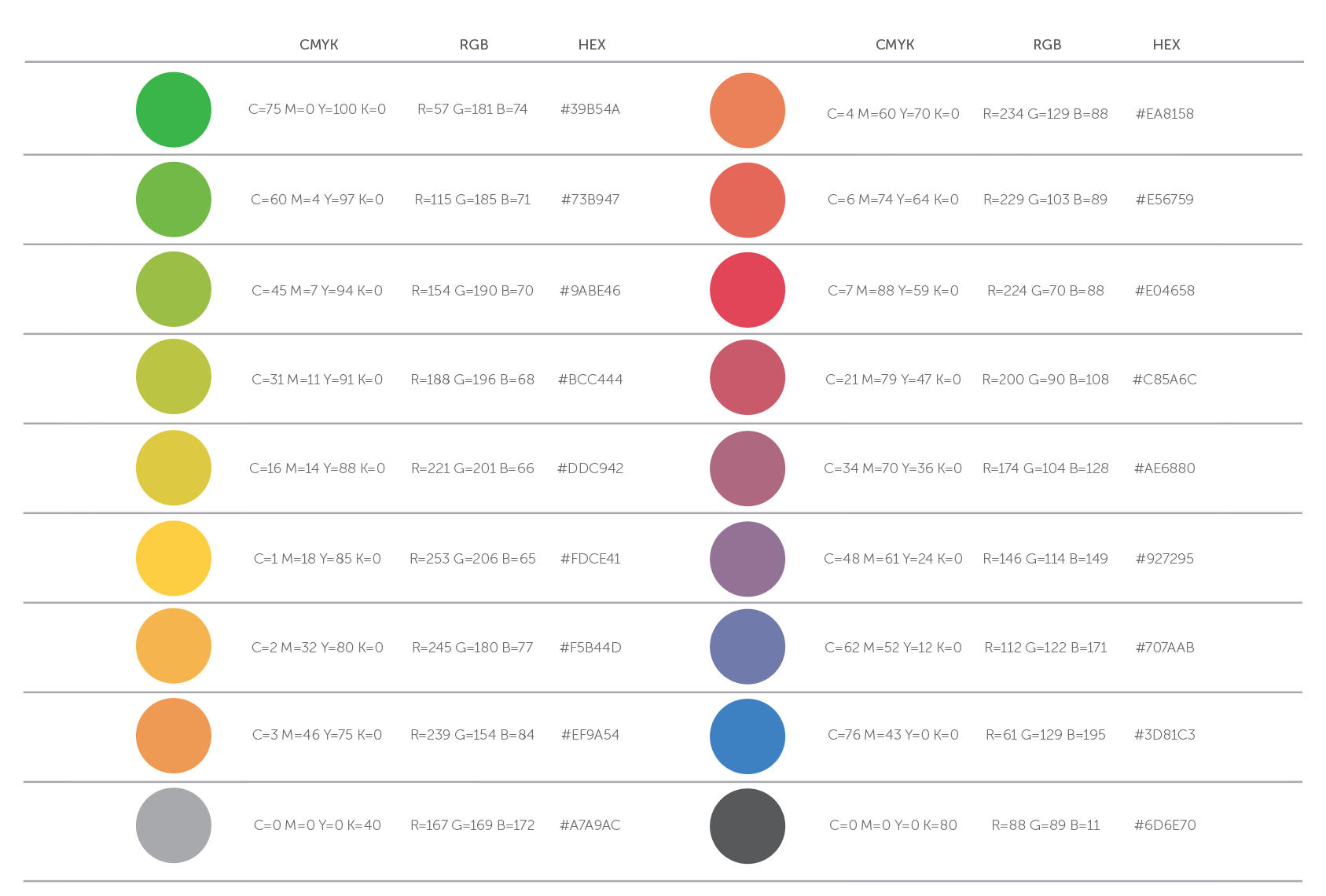MOODOLOGY
‘Moodology’ is a mood quantification app that enables users to log their moods and daily activities so that they can identify if a relationship exists between what they do and how they feel.
It provides a means to monitor, not only a user’s mental state but the context/environment within which this mental state occurs. Over time, they will be able to see the triggers that affect them and then adjust their routines accordingly.
‘Moodology’ is aimed at two main markets: (a) those who wish to take a preemptive approach to their mental health by facilitating increased self-awareness and analysis and (b) those who have a diagnosed mood disorder and wish to track their mood and behaviour as part of a wider treatment plan.
By using ‘Moodology,’ both user types will be able to identify trends in their moods and behaviour and then use this information to introduce positive changes and habits into their lives.
Product Definition:
Users can customise the product to a high degree to make it match their lifestyles and personal preferences. The privacy of all data is secured by providing a security feature on the app, and the data is stored only on the device itself and not in the cloud. Users can input data by selecting from a menu of options for logging mood and activities.
Users can use the journal feature to record further details on logged mood and/or activities. They can also make use of their device’s camera, audio- and video- recording features to upload photos, video or audio clips to supplement their mood log. If the user wishes to review their data, there is also a search function within the Timeline View. It is also possible for users to download their data to a CSV file.
Concept:
Those interested in their mental well-being or those experiencing difficulties find that monitoring their mood and identifying the triggers associated with those moods are beneficial. The data for improvement can only come from the user – it’s not like weight loss where counting daily calories is critical.
For users to truly understand their moods, they must log them regularly and accurately and also record the corresponding activities and context surrounding that mood. Only then can they identify patterns and links and assess if changes in personal behaviour are desirable or necessary.
‘Moodology’ assists the user in recording their moods. It provides an attractive interface that is easy to use because:
It offers variety in the level of detail when recording.
It is customisable for each user’s lifestyle.
It provides reminders to log that are positive and encouraging.
It provides at-a-glance, visual representations of mood history and any activities that may correspond to moods.
It offers total security and privacy as the data is only stored on the device.
‘Moodology’ is particularly suitable for users that may have sought professional help for their mental health and are undergoing cognitive behavioural therapy (CBT), which requires a person to log their day in detail. This app can facilitate this requirement as it removes the attendant privacy risks of carrying around a physical journal.
RESEARCH
During the research phase the team received a few major insights from potential users that have informed our design of ‘MOODOLOGY.’ These were:
The extent to which ‘Moodology’ provides value to the user depends on how frequently and how honestly the user inputs their personal data.
It is imperative that the user is able to input data in a very quick, easy and discreet way, given the busy pace of their daily lives. A stigma still surrounds mental health for some, so a product that is discreet to use is important for many users.
Users may have to use the app in a variety of public situations, so privacy is a high priority when designing the user interface.
Although users really liked the idea of having notifications and reminders on the app, they were also very clear that they did not want any ‘nagging’ features. To address this, ‘Moodology’ was designedto be a customisable app, which allows users to set the type, frequency and timing of notifications.
Users said they would like an app that they can personalise so they can account for their individual experiences and feel ownership over how they engage with the app.
As a result of these insights, the UI design has a light-hearted and ‘game-like’ feel to it, instead of a serious, medical approach. Focusing on visuals over text and leaned heavily towards colour-coding, images, icons, graphs, quotes, reminders and an inviting font style. We have chosen these elements to create an interactive and engaging experience that does not feel like the user is simply inputting data.
Who Will Use it
Following on from the research and the validation of the inital requirements, we created a primary and secondary persona for our product.
Our personas are representative of our target audience (primary and secondary audience respectively) and are based on user feedback and research.
PRimary PErsona
It is based on an individual who is an avid tech user, particularly in the area of quantified-self apps. This persona takes an active interest in self-awareness and mindfulness, and takes care of his/her physical health. He/she is goal orientated and a self-starter.
Context:
Our primary persona is a regular and expert user of our app. As a frequent traveller and business professional, she finds herself in all kinds of places and situations that can be unexpected and out of her control and that leave her with little personal time or privacy to input data into an app. However, she is always on her phone for business purposes, so it wouldn’t be unusual for her to be on her phone while in company. She likes using Moodology because the user interface is very discreet and she can use icons that allow her to input data in a matter of seconds.
SECONDARY PErsona
It is a young adult who likes to explore the latest apps and uses his phone constantly to stay connected to his friends. He has recently been diagnosed with a mild mood disorder but has very little previous knowledge or experience in managing or regulating emotions.
Context:
He is aware of mental health as an issue but is still worried about the stigma that exists about those who are experiencing mental health challenges. His therapist has recommended that he logs his moods and activities as part of the Cognitive Behavioural Therapy program that he is undergoing. This User is concerned about his friends finding out that he is ‘seeing a shrink’ especially as his buddies tend to goof around with each other’s phones. However, he likes using Moodology because, even if he does get ‘found out’, the app has a fun and ‘game-like’ feel to it that he could use to help normalise his mental health self-care and present it as an ‘everyday’ activity.






